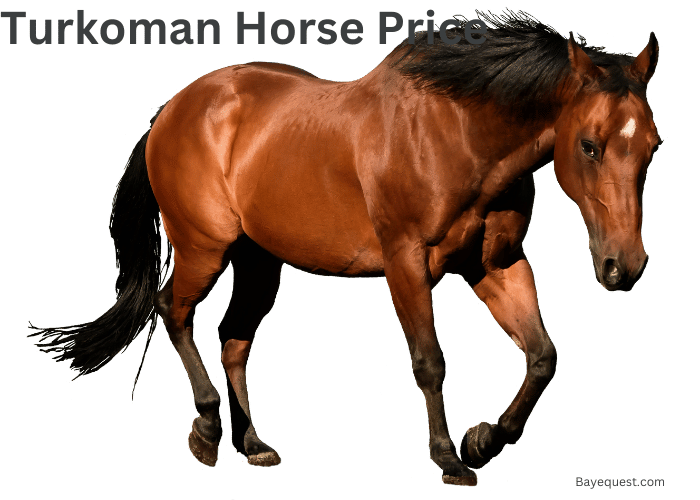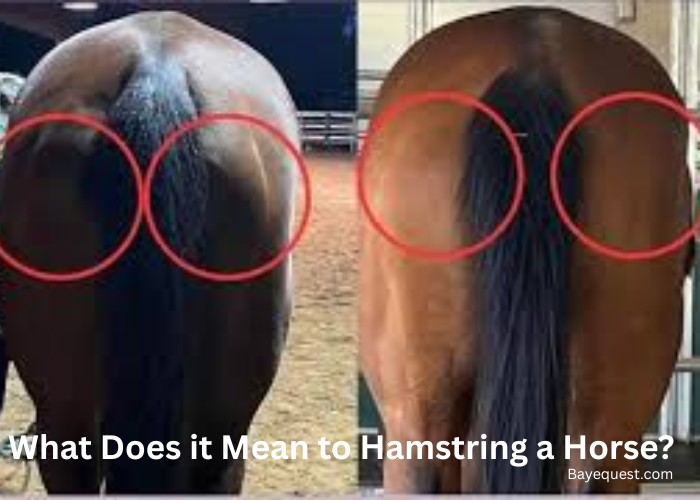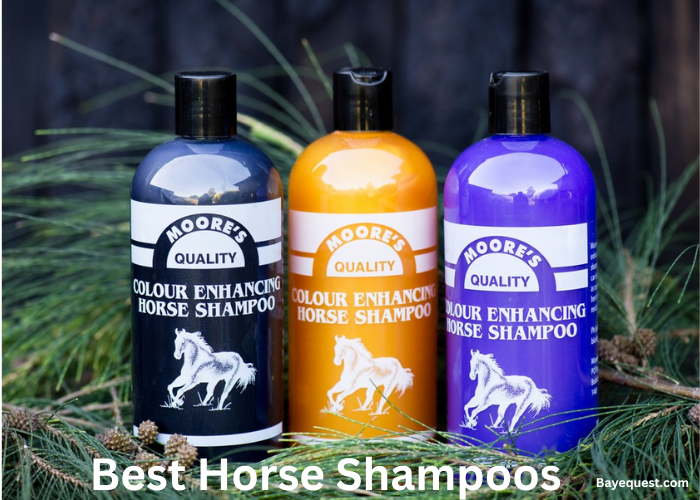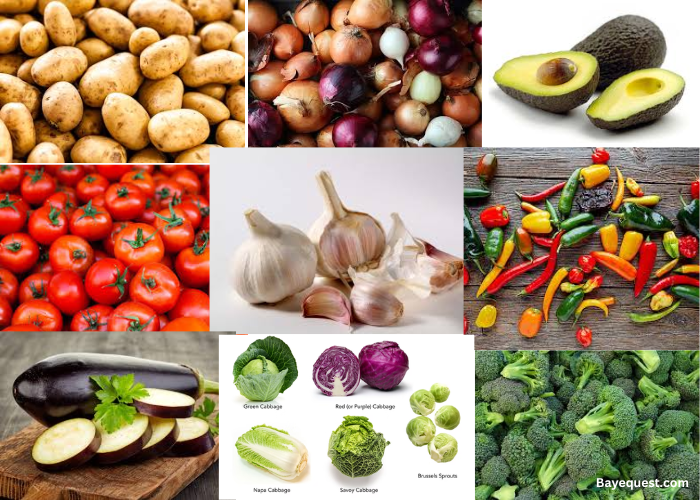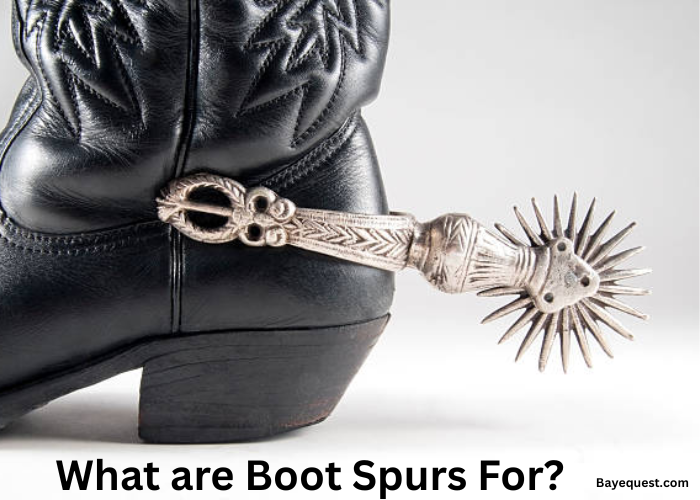Are you looking for a high-pedigree horse for equine shows and racing events? A Turkoman is a good option.
The original Turkomans are long extinct, but their descendants are among today’s greatest show horses.
They regularly win on the racing track and excel in various dressage events. Moreover, Turkoman horses are a great store of value.
Below, we explore the world of the Turkoman, specifically their origin, history, and defining characteristics. Then, we discuss Turkoman horse prices to help you determine whether it’s the right choice for your next project.
Is the Turkoman a Good Horse?
Yes, Turkomans and their descendants are great horses. They combine the characteristics of racing and war horses, making them swift, brave, and intelligent.
They are also strong horses that excel in riding and carriage duties. But be warned that they’re a tad impatient.
What’s the Cost of a Turkoman Horse?
It’s difficult to estimate the price of the original Turkoman horse since the breed is long extinct. But their descendants aren’t too difficult to find, and we can easily determine their going rates.
An Akhal Teke horse costs $5,000 to $35,000 in the open market, depending mainly on the age and pedigree.
Young foals under one year old are the cheapest, costing $7,925 on average. Meanwhile, a two-year-old broken mare or stallion costs between $13,000 and $28,000. Then the price jumps to $20,400 to $39,600 for 3-year-olds.
From there, the prices mainly depend on the horse’s pedigree. For example, a low-potential 4-year-old Akhal Teke costs $10,000 to $13,000. Meanwhile, a high-potential 5-year-old gelding can cost as much as $135,000.
Expect even higher prices for active racing and show horses. For instance, an active dressage Akhal Teke can easily command $150,000, while racing stallions, at their peak, cost $200,000+.
So, consider a very young foal or a veteran older than 20 years if on a budget. The horses only live for 25 years on average. Therefore, most owners will let go of 20-year-olds for as little as $5,000.
But beware that older horses are more expensive to maintain. Moreover, you may enjoy less saddle time than you wish due to diminishing strength.
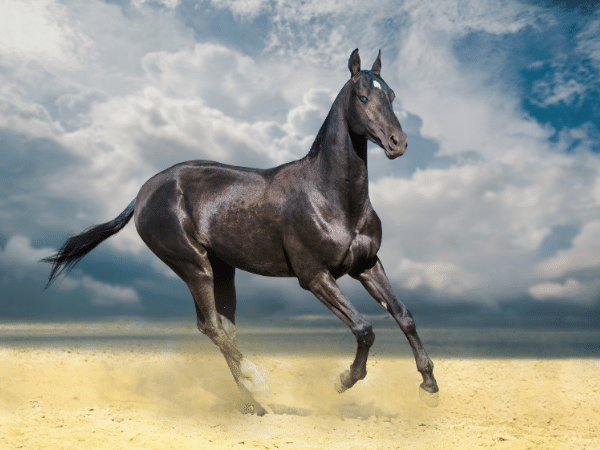
Breaking Down Turkoman (Akhal Teke) Horse Prices
Once you’ve set aside a sufficient budget to purchase the horse, you must immediately consider the maintenance costs. The following is a breakdown of the main horse ownership expenses.
Boarding Costs
Horse boarding prices start from $200/month but can be as high as $2,000/month, depending on the boarding plan.
You have multiple options. But we can broadly categorize the plans as full-board, partial-board, or self-care boarding. Full-board plans are the most expensive as the facility is responsible for the horse’s every need, including training.
The prices range from $600 to $2,000, depending on the location and actual services.
Race horses typically reside in special stalls, attracting even higher rates. For instance, a few full-board facilities charge $35-$60 per day.
Consider pasture (or turn-up) or partial boarding if looking to enjoy most full-boarding perks at a fraction of the budget. Most facilities charge $400 to $600 but offer great value for money. The horse enjoys pasture, water, and a run-in shed among others.
However, you can also turn to self-care boarding on a tight budget. Self-care facilities provide shelter only.
The owner is responsible for every other aspect of the horse’s care, including watering and feeding. But the prices are as low as $100/month.
Feeding Costs
Turkomans are desert horses adapted to sparse diets with little grass. So, they don’t eat as much as native western horses.
Overfeeding may lead to weight-related health problems, such as equine metabolic syndrome.
Nonetheless, they require quality protein for their stamina. Moreover, they depend on a balanced diet of quality grass, hay, and grains for optimal performance.
Ideally, provide your Turkoman or Akhal Teke with 2% of their body weight worth of quality hay or grass.
This translates to 20 pounds of hay for a 1,000-pound horse, or $4 worth of hay, assuming $10 for a 50-pound bale. Grain requirements vary. But about half the hay budget is sufficient.
Lastly, salt and supplements are critical for the horse’s well-being. A $100/month budget is sufficient, bringing the total feeding budget to around $180/month.
Equipment and supplies
Equipment and supply costs depend on your goals and whether this is your first horse. Generally, you need a bigger budget for racing and show horses, and even more if this is your first horse.
First, you need handling equipment, starting with the tuck. A quality tack costs $300-$600 for non-racing horses.
Meanwhile, you should set aside at least $2,000 for a racing horse tack. A quality saddle alone costs $1,000+. Then, you also need saddle pads, girths, stirrup irons, bridles, and reins. These easily cost $1,000+.
Besides handling equipment, you need grooming equipment and supplies. For instance, you need a halter, lead ropes, hoof picks, curry combs, and body brushes.
A winter blanket for cold season care and a sweat sheet for the summer are also necessary. These, too, can cost $1,000+.
Veterinary and Farrier Costs
Though it is a strong and hardy breed, Turkoman horses and their descendants require optimal grooming and medical care.
Routine care, including vaccinations, dental work, and deworming, will set you back $250 to $400 yearly, depending on the horse’s health condition.
Older horses are the most expensive to look after. Similarly, racing and show horses demand greater attention to keep them in top shape. Nonetheless, the budget rarely exceeds $1,000/year.
Next, set aside $1,000/year for emergency medical care. For instance, the horse requires immediate care in case of an injury.
Alternatively, the horse may experience rashes or an eye infection, requiring immediate emergency care.
Equine insurance covers some emergencies and thus may save the day. But the plans cost at least $200/year.
Read also: Best equine insurance companies.
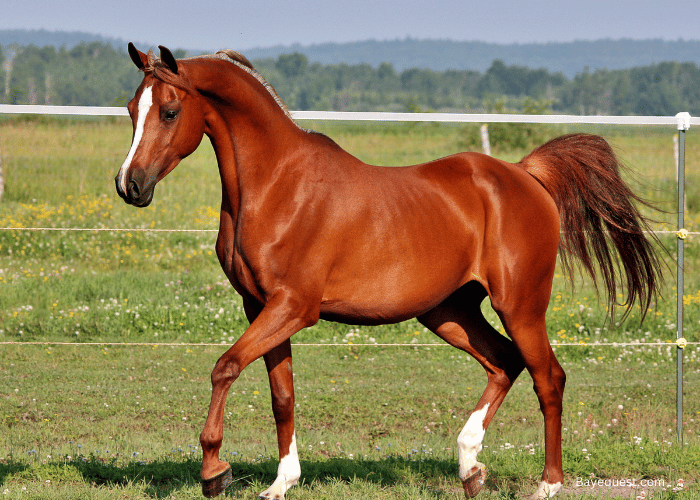
Training Costs
Training is often the biggest expense on the horse owner’s balance sheet, especially for racing and show horses. Indeed, it’s the reason racing horses are very expensive.
Regular training costs $30/day for non-racing horses. But this only covers the basics, often to keep the horse fit and disciplined.
Most owners schedule one training session a week, often on weekends. But you can request more sessions.
Meanwhile, professional training costs $100/day for a specified number of days, weekly or monthly, depending on your goals.
For instance, a racing horse requires regular training, ideally daily, for as long as they hope to compete. That’s $3,650/year on training alone!
Most full-board facilities facilitate training at the owner’s request. But self-care and pasture-board facilities don’t.
| Expense Category | Monthly Cost Range (USD) | Annual Cost Range (USD) |
|---|---|---|
| Boarding | 100-2000 | 1200-24000 |
| Feeding | 180 | 2160 |
| Equipment and Supplies | Varies | Varies |
| Veterinary and Farrier | Varies | 1250-2400 |
| Training | 90-3100 | 1095-37200 |
Factors Affecting Turkoman Horse Prices
Turkoman and Akhal Teke asking prices depend on many factors, from age and gender to training and show records.
Age and gender: The horse’s age is one of the biggest price determinants. Generally, foals under a year are the cheapest, while mature stallions are the most expensive. More importantly, the price difference is massive after every year. For instance, the price increases by up to $20,000 between one and two years of age.
Conformation: High-conforming Turkomans and Akhal Tekes are highly desirable and, thus, fetch the highest prices. For instance, breeders carefully assess the horses for long, high-set necks, a lean, athletic body, and almond-shaped eyes.
Bloodlines: There are more than a dozen bloodlines within the Turkoman breed. Higher pedigree bloodlines such as the Kaplan and Peren are the most expensive. Moreover, the finest bloodlines are often imported from Russia and Turkmenistan, further inflating the asking prices.
Physical characteristics: Buyers, especially breeders and those shopping for racing horses, are keen on size. Taller horses, above 15 hands, are the most sought-after. But the demand fades after 16 hands. Similarly, optimally-sized Akhal Tekes, between 900 and 1,000 pounds, are the most desirable.
Coat color: Though regular buyers are happy with any color, breeders desire specific colors. Gold Turkomans and Akhal Tekes are typically the most sought-after and, thus, most expensive. Other shimmering metallic coat colors are attractive too, thus cost more than regular equine colors.
Disciplines and show records: Turkoman and Akhal Teke horses with a track record in popular disciplines are expensive because of the high return on investment. The price is even higher if the horse has a few records to prove their worth. Such a horse can cost $100,000+.
Why Buy a Turkoman Horse?
Although the Turkomans are long extinct, their descendants, the Akhal Tekes, are valuable investments for several reasons.
First, the Akhal Teke is a rare breed. There are only about 8,000 Akhal Tekes worldwide and less than 4,000 in the US. Therefore, it’s an honor to own one.
Next, Akhal Tekes are natural sports horses. They’re some of the best racers and regularly win events and championships. The breed also excels in dressage, jumping, endurance riding, and three-day events. So, you can make a substantial income if you take good care of your horse.
Finally, it’s a comfortable riding horse. The breed has a gentle, smooth gait, with each foot striking the ground individually. This guarantees an enjoyable time on the saddle.
Turkoman Horse History and Origin
Turkomans are oriental horses from Central Asia. “Orientals” are generally horses bred and developed in the Middle East. The Turkoman originates from the Karakum Desert, also known as the Turkoman Desert.
The founding sire, Caspian, was a warhorse known for incredible speed and stamina. So, the Turks and Mongols loved and cherished the breed.
Traditional breeders regularly captured young colts and fillies at six months then broke and trained them for future battles.
Their diets comprised barley, mutton/chicken fat, alfalfa, and raisins, allowing the horses to grow quickly. Often, they were ready to race within six months.
Originally, locals confused Turkomans with Arabians. Indeed, many people thought they were inferior versions of the Arabian.
However, studies later proved that the Turkoman was a distinct breed and the first sires of the Thoroughbred.
Unfortunately, the original Turkomans are no more. They went extinct in the 19th century when breeders slept on the job, leading to a critical population decline.
There are rumors that a few true Turkomans live in special breeding facilities in Iran. But it isn’t easy to verify the claim.
Thankfully, the Turkoman’s legacy lives on through the Akhal Teke, a highly refined horse with great potential.

Turkoman Horse Characteristics
Turkomans are average-sized horses measuring 15 to 16 hands. This is strange as the Caspian, also known as Khazar, was a tiny horse that matured at 11 to 13 hands.
Breeders attribute the increased height to Thoroughbred genes.
They have slender, straight bodies with fine conformation. The head is small, too, though proportional to the rest of the body. A tucked-up belly gives the horse an athletic appearance.
Turkomans have large, clopping shoulders with matching broad chests. The back is proportionally longer, while the legs are long and muscular. The Turkoman has tiny but strong hooves, perfect for surviving the hot deserts.
They are hot-blooded horses. So, their high energy is evident. Though a wonderful companion, they are high-spirited horses that enjoy taxing duties rather than petting.
The colors vary. Turkomans are typically bay, gray, or black. But you can also find chestnut and other solid equine colors.
Stars, stripes, snips, and other markings on their faces and legs are common but not mandatory. The coats have an attractive metallic sheen.
Akhal Tekes closely resemble Turkomans. They are slender, refined horses that grow to 14.2-16 hands and 900-1,200 pounds. The back is long and muscular, while the croup is flat. Though the shoulders slope, the neck is upright.
Akhal Tekes boast thin skins with shiny, fine coats. Registries accept all equine colors and markings, including palomino, cremello, and perlino coats. The sheen is golden in cream-colored Akhal Tekes and silvery in gray horses.
Unfortunately, they are fiery, hot-blooded horses. So, expect a spirited demeanor. Moreover, Akhal Tekes are one-person horses. They form strong bonds with the first owner but struggle to replicate the relationship with the next owner.
Turkoman Horse Price Conclusion
Turkoman horses are long extinct, though a few breeders may have the last stock in small facilities in Iran.
Nevertheless, it’s a great breed with an impeccable track record in jumping and endurance events. But they don’t come cheap. Turkoman descendants, specifically the Akhal Teke, cost $5,000 to $35,000 in the open market.




